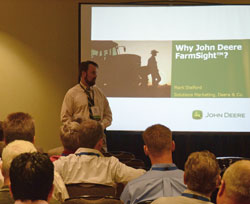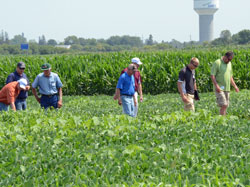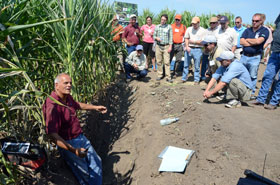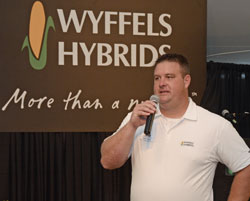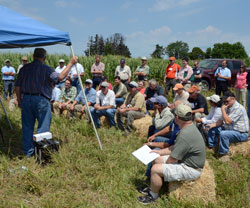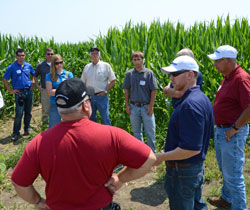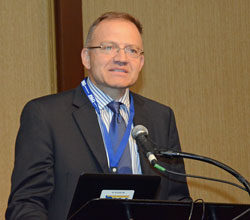Agricultural organizations are calling for the House to move the Federal Agriculture Reform and Risk Management (FARRM) Act, but whether that happens before the current bill expires is in question.
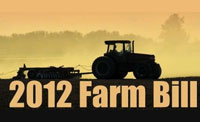 American Farm Bureau Federation Farm Policy Specialist Mary Kay Thatcher is doubtful a new farm bill will be finished by September 30. “Our best option is probably to have some kind of a conference committee between what the House Ag Committee approved and what the Senate approved and hope to find a vehicle that’s moving,” she said. “Possibly one of the tax extenders that’s expiring in December and the lame duck session tying this to that using some of the cost savings presumably somewhere between the 23 and the 35 billion dollars that is being saved and trying to use that to offset the cost of extending a tax provision and to get the farm bill done.”
American Farm Bureau Federation Farm Policy Specialist Mary Kay Thatcher is doubtful a new farm bill will be finished by September 30. “Our best option is probably to have some kind of a conference committee between what the House Ag Committee approved and what the Senate approved and hope to find a vehicle that’s moving,” she said. “Possibly one of the tax extenders that’s expiring in December and the lame duck session tying this to that using some of the cost savings presumably somewhere between the 23 and the 35 billion dollars that is being saved and trying to use that to offset the cost of extending a tax provision and to get the farm bill done.”
Farm Bureau was one of 46 ag and commodity groups that sent a letter last week to House leadership asking them to bring the legislation up for a vote after Speaker John Boehner (R-OH) said no decisions had been made about when the bill would come to the floor. That has led to speculation that the bill might go straight to a conference committee with the Senate.
With all the controversy surrounding cuts in the Supplemental Nutrition Assistance Program (SNAP), better known as food stamps, there has also been talk that the bill could be split. “I think there is frustration and concern about the size of the food stamp program,” said Congressman Marlin Stutzman (R-IN) last week. “I think it’s time that we split the bill.”
Rep. David Schweikert has also taken up that cry. “The first step in long-term farm bill reform is to split agriculture away from food stamps and let each provision stand or fail on its own merit,” Schweikert said in a column.
In the House FARRM bill, food stamps and social programs are budgeted at $750 billion, while the commodity title budget is just $35 billion.
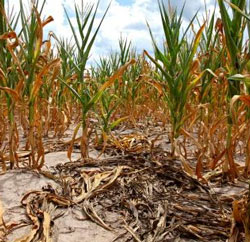 Drought conditions in the Midwest are “almost historic” with 38 percent of the nation’s corn crop now rated poor to very poor, according to USDA Meteorologist Brad Rippey.
Drought conditions in the Midwest are “almost historic” with 38 percent of the nation’s corn crop now rated poor to very poor, according to USDA Meteorologist Brad Rippey.
